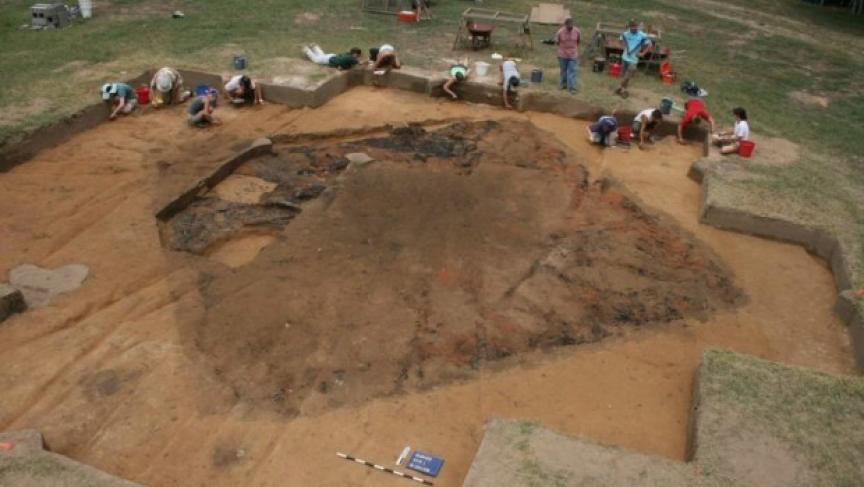The Spanish explored North America in the 1500s, looking for a way overland to get to the silver mines in northern Mexico. Expeditions led by Juan Pardo headed west from North Carolina from 1566 to 1568. The pilgrims wouldn’t arrive for decades, so North America was wide open to be claimed by the Spanish.
During those times, they built a fort near what is now Morgantown, North Carolina. Archaeologists have recently discovered its remains.
Fort San Juan is the earliest known European fort in the interior of the U.S. It is one of several that were built along the trail they forged from the Carolinas to eastern Tennessee, over the Smokey Mountains.
Robin Beck is a University of Michigan archaeologist who works on the team that discovered the fort. He says that the Spanish expeditions were the apex of Spanish involvement in the New World. They failed for two reasons – food and sex.
The Spanish needed the Native Americans for their food supply. It didn’t take long, though, for the Spanish to start treating the Native Americans as their subjects. The Spanish also became involved with the Native American women, relationships that soured and sowed mistrust. The conflict that grew from this brought the end of the Spanish expeditions.
Their claim on the American interior failed. This gave an opening to the English settlers to establish outposts in early America.
